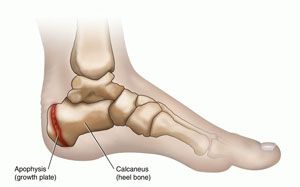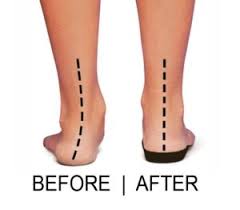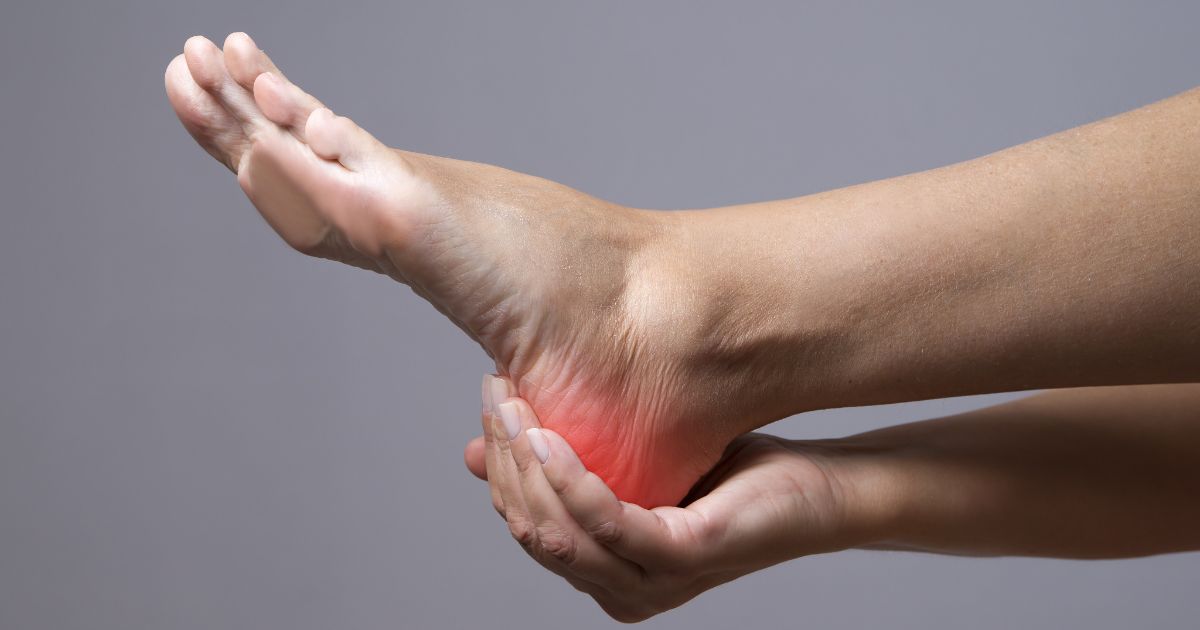Sever’s Disease – Calcaneal Apophysitis
What is Sever’s Disease?
Sever’s Disease, otherwise known as calcaneal apophysitis is an inflammation of the growth plate in the heel of growing children, typically adolescents. The condition presents as pain in the heel and is caused by repetitive stress to the heel and is thus particularly common in active children.

Sever’s Disease or Calcaneal Apophysitis usually resolves on its own after adequate rest is given to the heel. It affects boys more than girls.
Signs of Sever’s Disease or Calcaneal Apophysitis
- Experience of pain in heels, especially when walking or running.
- A lump may be present at the heel, although it is uncommon.
- Pain upon pressure at the back of heels.
- Increasing pain after walking or exercise.
- Reduced range of motion in the ankle due to tight gastrosoleus muscles.

Causes of Sever’s Disease or Calcaneal Apophysitis
Sever’s Disease or Calcaneal Apophysitis is caused due to overuse of the tendons and bone in the heel. This is usually due to repetitive heel movement as seen while playing sports. In growing children, excessive weight bearing on the heel causes excessive traction as the bones and tendons are still developing and are still soft. Children who over-pronate are more vulnerable to this condition. It affects both the heels in 50% of the patients.


Treatment of Sever’s Disease or Calcaneal Apophysitis
- Ice therapy application to heel. Ice should never be applied directly to skin but should be wrapped in towel to prevent ice burns.
- Rest from aggravating activities.
- A heel raise can be inserted into the shoes. This helps in taking the strain off the Achilles tendon and reducing the tug on the bone.
- The calf muscles should be stretched regularly.
- Casting can be used for pain relief.
- A full assessment should be done by a Podiatrist.
- Orthotics or insoles may be used.
- Anti-inflammatory medications such as ibuprofen help in pain relief.
- The heel should be kept in an elevated position.
- Steroid injections or surgery is not a suitable treatment.

Prevention of Sever’s Disease or Calcaneal Apophysitis
- Excessive running especially on hard surfaces should be avoided.
- Stretching exercises should be done regularly to maintain flexibility.
- Well-fitting, good quality shoes which have stable support and a shock-absorbent sole should be used.
Podiatrists at The Foot and Ankle Clinic have a vast experience in diagnosing and treating Sever’s Disease and typically this treatment is very successful but involves a multifactorial approach.
At the Foot and Ankle Clinic our highly qualified team of Podiatrists are all members of the Australian Podiatry Association and offer a combined 50 years’ experience. They are trained to diagnose and effectively treat Sever’s Disease via a range of treatments.
Put your feet in our hands! See us today in Chadstone, Moe, Sale, Traralgon, Warragul & Online Store and Retail Enquiries. NO REFERRAL NEEDED!.


